Southwards from the Orange-Line Metro Train Station and across the University of Engineering and Technology on G.T. Road, lies a 193-year old multicultural graveyard. Previously, it could be accessed directly from G.T. Road, but when the train station was constructed, a strong iron gate was installed in front of the graveyard.
Inside the graveyard that is not very large, there are about a dozen, one-tier graves and a small room for the caretaker on one side. An ancient and huge banyan tree, a symbol of life and fertility in Hinduism, stands guard in the graveyard that also houses a small church and a mortuary for performing the final rites.
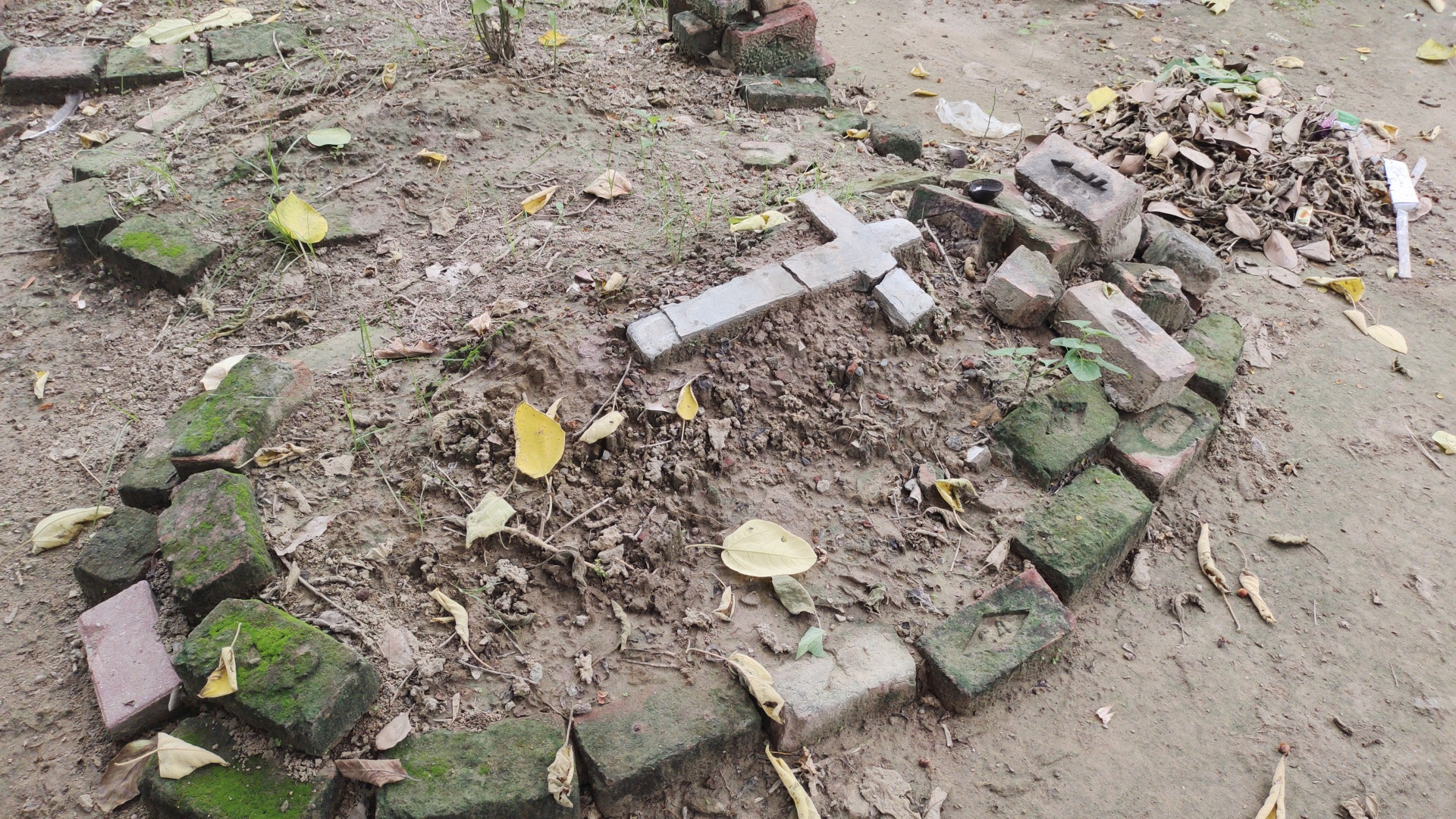
Close to this graveyard is the ancient Muslim Buddhu-ka-Awa graveyard and a Christian cemetery, while a part of this graveyard is also reserved for Christians. Many Christians who reside near the graveyard also bury their departed here. Like many other graveyards which are waqf property, this one is also in a state of neglect and deterioration.
The graveyard was handed over by the Government of Pakistan to the Punjab Government in 2012, and the latter had a wall constructed around it but since then, no civil or restoration work has been done. More than half of the graveyard has been invaded by tall grass, while the Eastern wall is on the verge of collapse. When it rains, the graveyard often gets flooded. The ground is hard which makes digging graves difficult as the soil contains stones, plastic, and rubber pieces. A water connection is available, but without taps, getting water is a problem.
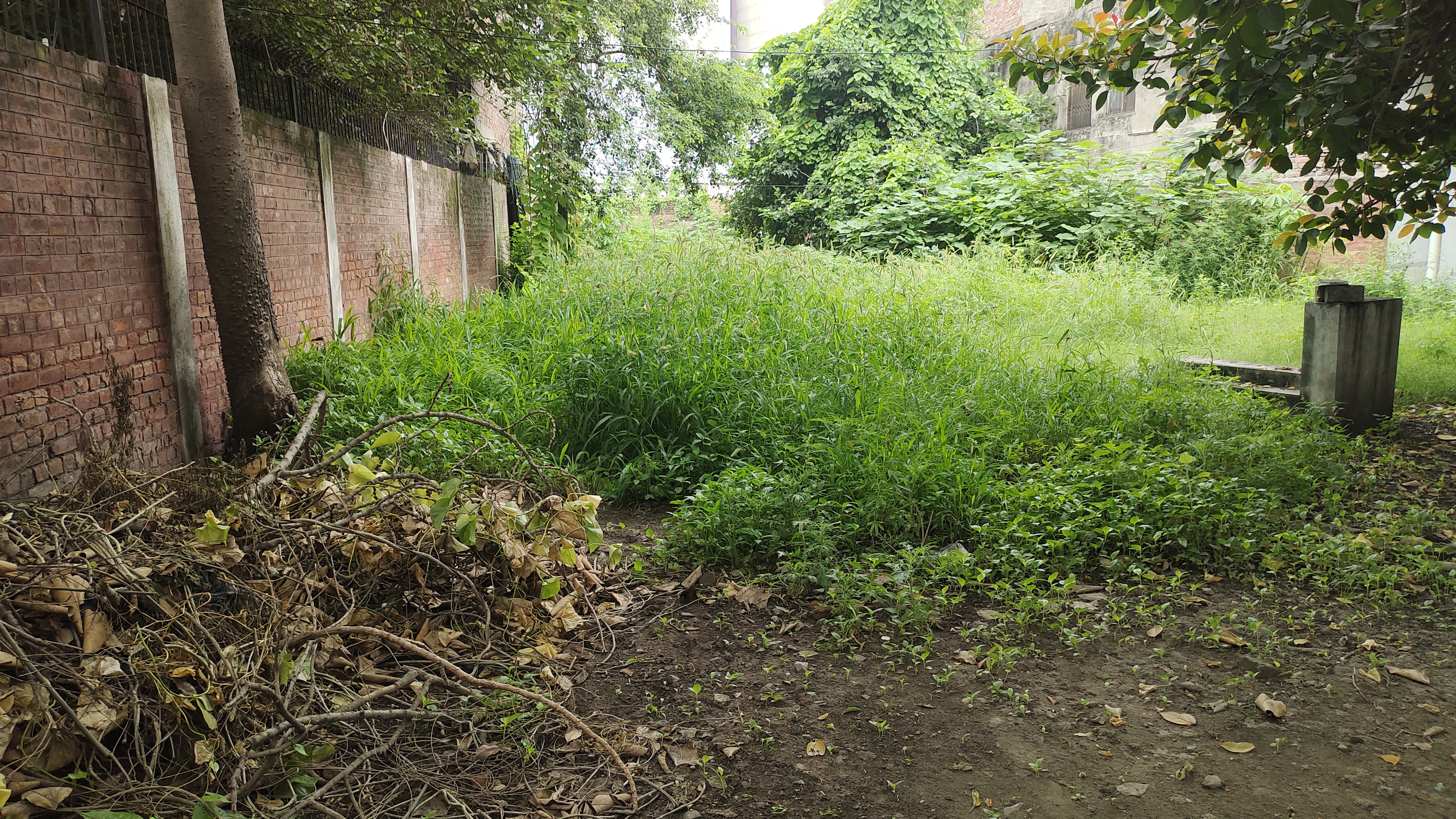
“Trees and bushes have overgrown inside, and sometime ago, the boundary of a nearby shoe factory had extended into the cemetery because of which, even today, if you dig for a grave, you will find plastic, rubber bits and remains of shoes,” says Amarnath Randhawa, the local leader of the Valmiki-Hindu community, discussing the neglected state of the graveyard, where his forefathers are buried. “Since the installation of the gate, no other work has been done by the provincial government. We have appealed several times to the district commissioner Lahore to allocate funds for restoration work of the graveyard such as soil filling, repairs, and installing taps. The previous government had allocated Rs 2 million, which were withdrawn by the current government. We request the present government to release the frozen funds so they can be utilised to improve the condition of the graveyard. Previously, also funds were allocated, but they lapsed because they were not released. The local-minority members in the assembly have also not paid heed to these issues as yet.”
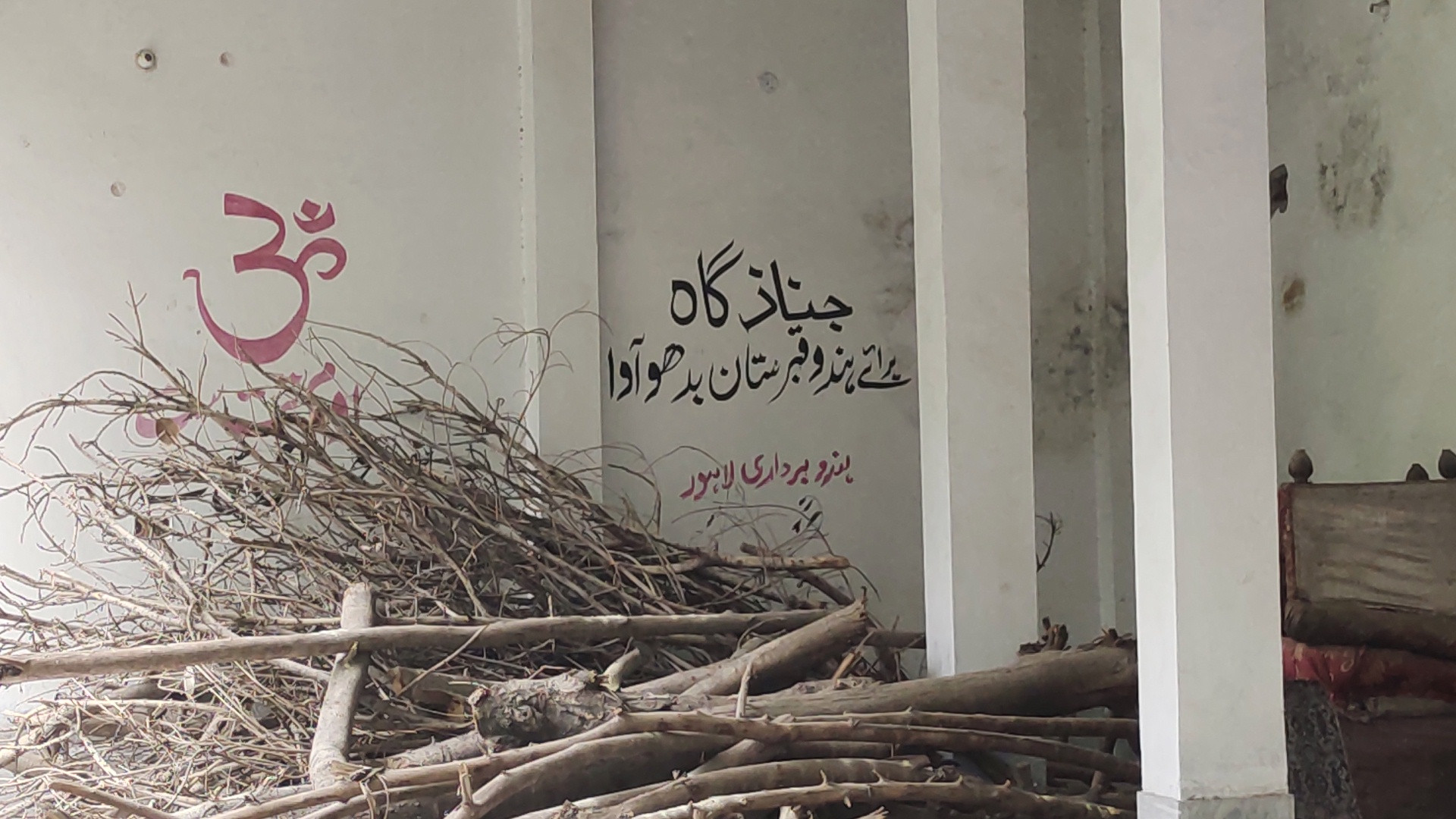
The Valmiki-Hindu community is the largest population of Dalits (scheduled castes) in Pakistan. Valmikism is a Hindu sect that reveres the sage Valmiki, also known as Bala Shah or Lal Beg, as their ancestor or patron saint. His followers believe that Valmiki was an avatar of God, and they consider his works, the Ramayana and the Yoga Vasistha, as their holy scripture. The sage Valmiki is often depicted in red clothing and is hence known as Lal Bhekh or Lal Beg.
All the graves are in a similar state of dilapidation, except for two that are somewhat distinguished and in relatively better condition. One of these belongs to Baba Saudagar Ram, believed to be from the Sufi sect, while the other grave belong to Baba Haveli Shah.
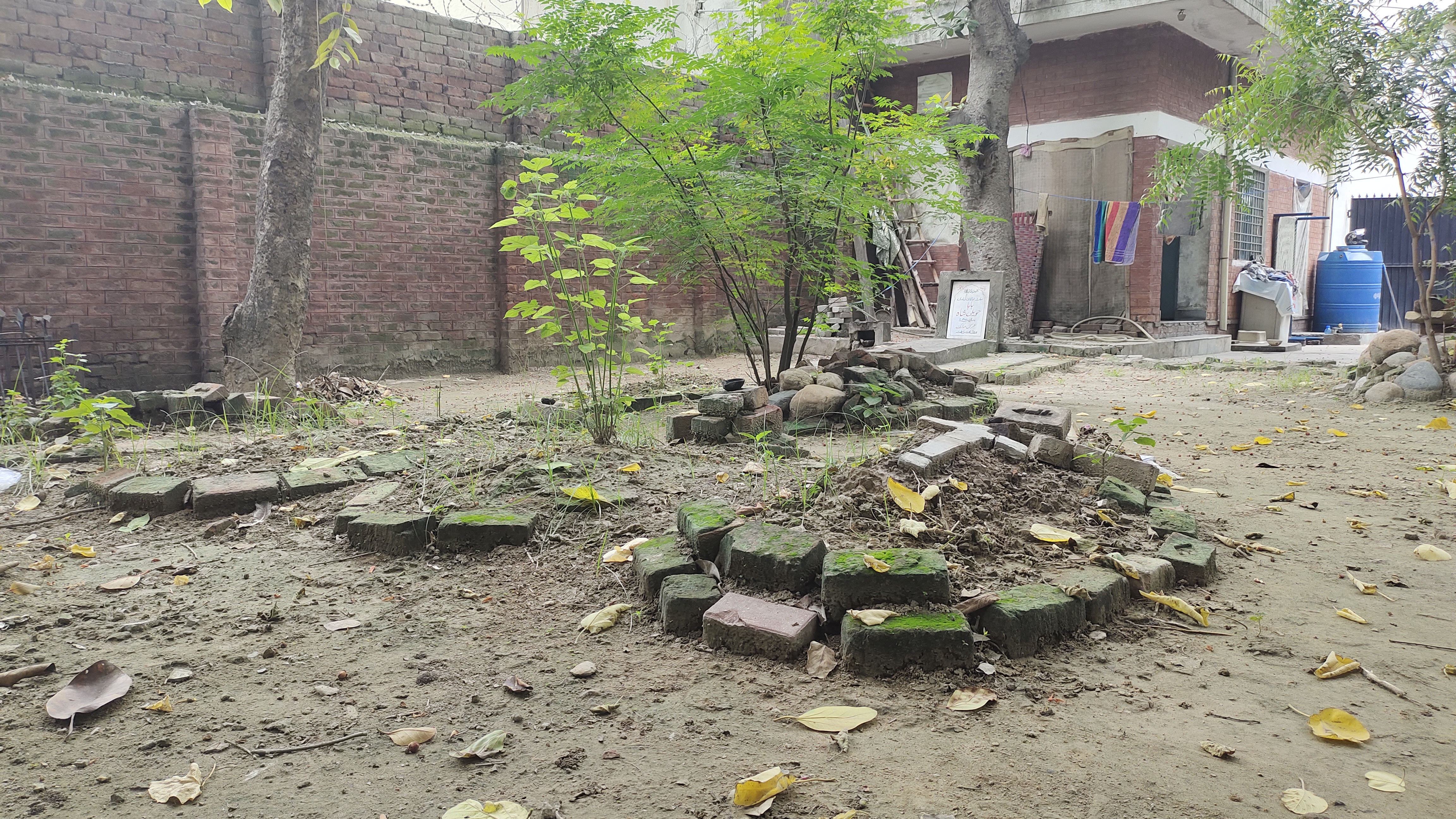
These graves have been a subject of dispute between the Muslims, Christians and the Valmiki community, because the three communities claim Haveli Shah to be a follower of their respective faiths. The tombstone bears his name, and 1968 as the date of his death. Evventually, the dispute was resolved by the court in favour of the Valmikis who have no objections to the Christians or scheduled-caste Hindus burying their dead here.
Randhawa explained that some Hindus are Shahs and often mistaken for being Muslims. Hence, Haveli Shah might have been a Hindu with the name Shah. But the inscriptions on his grave, including the Muslim declaration of faith and other sacred words adds weight to the claim that he might have been a Muslim. It is also believed that he belonged to the Sufi lineage of Noshahi and Qadri orders.
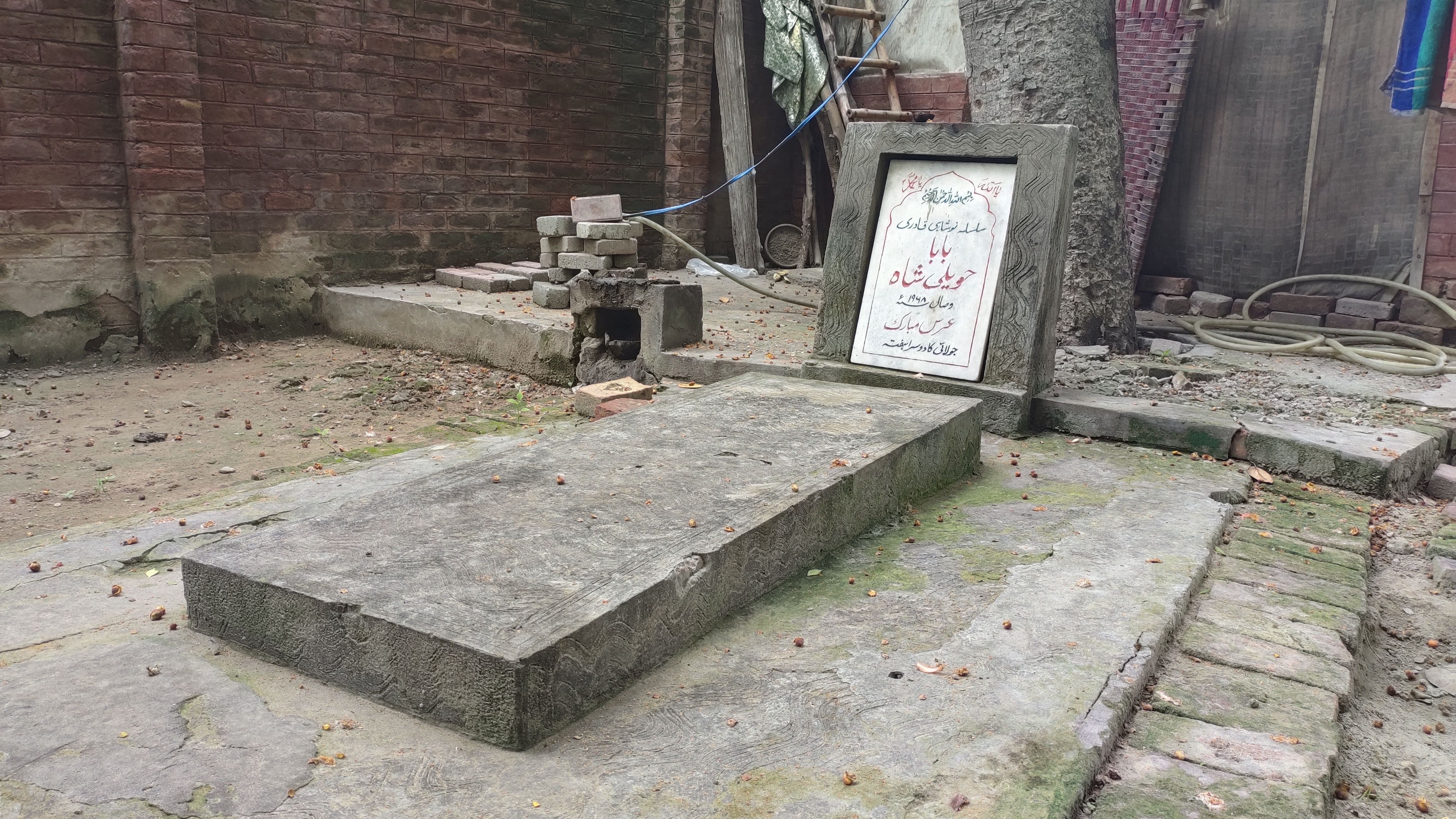
However, the local Muslims do not have any substantial information regarding the lineage of this revered person.
Since the graveyard is located along G.T. Road, which is a highly-valuable prime location, some elements have also tried to use a religious angle to gain access or control of the graveyard land and use it for industrial purposes.
Some locals had encroached on the land of the graveyard, occupied it and built workshops and a match factory inside the cemetery. However, in August 1992, after the Supreme Court’s decision, a bench ordered the removal of the encroachment and handed it over to the Valmiki-Hindu community.
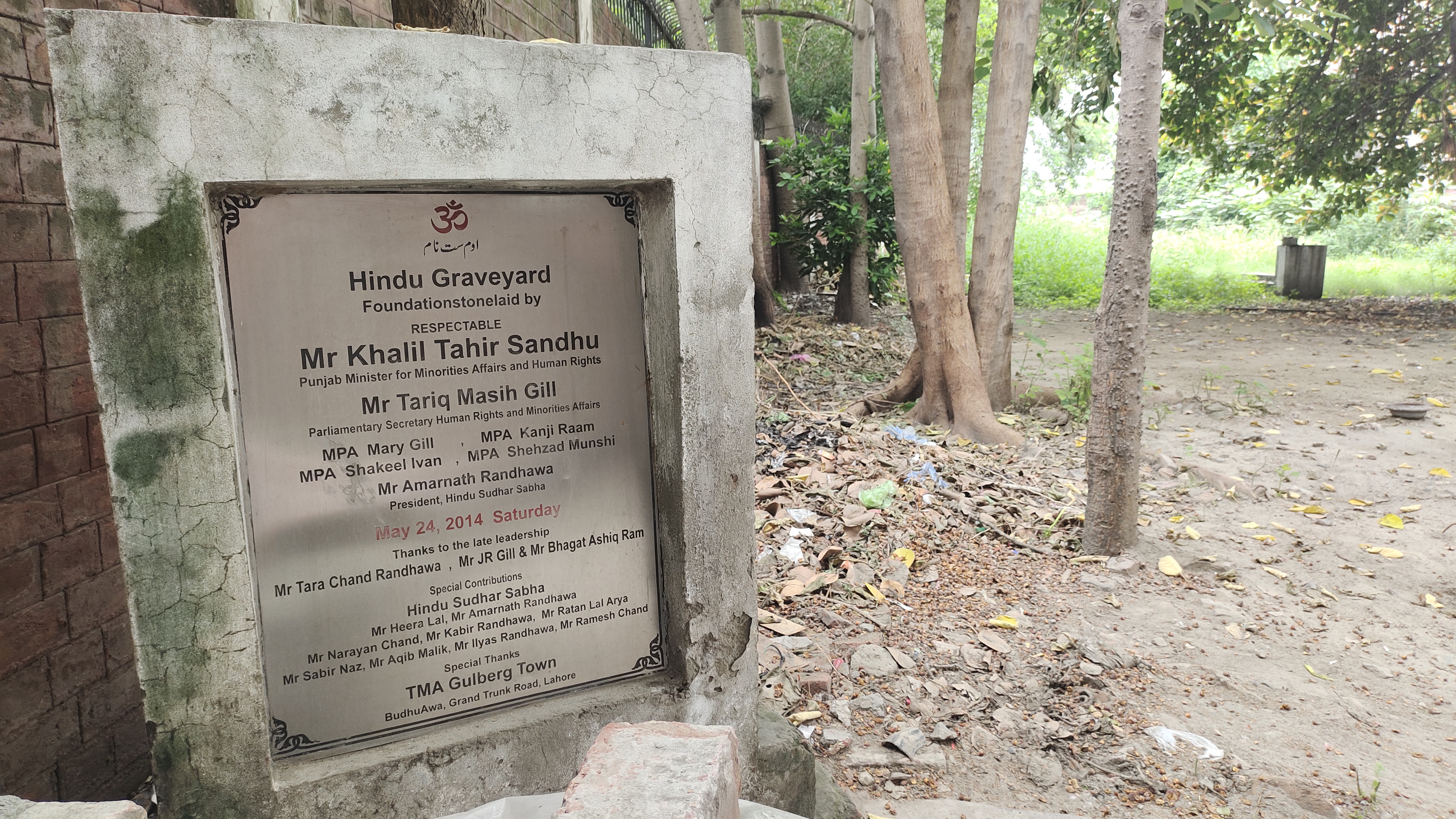
Previously, there used to be four to five thousand Valmiki-Hindus in Lahore, but now their numbers have significantly decreased. Most of the scheduled-caste Hindus embraced Christianity, because as scheduled-caste Hindus, they would neither get jobs in government institutions, nor did they have access to healthcare and educational facilities which were easily available to the Christian community. But the graves of their elders, who departed while they were still practicing Valmikis, are located in this cemetery. Even after Valmiki-Hindus converted to Christianity, they continued to bury their dead in this graveyard.
Parvez Masih, a local Christian disagrees with the Muslim claim regarding Haveli Shah’s grave. “Haveli Shah belonged to the Hindu-Valmiki community that embraced Christianity due to socio-economic reasons, hence he was a Christian.”
Shaukat, a Christian gravedigger claims, that he saw Haveli Shah when he was alive. Apparently, he was a labourer and made fireworks.
According to the local Hindus, this graveyard has been present since 1830, and through the years, the scheduled-caste Hindus have buried their departed here. “While the Hindu community cremate their deceased, but the Valmikis and some scheduled-caste Hindus mostly bury their departed,” says Randhawa.
Randhawa explained that Maharishi Swami Valami, the founder of the Valmiki community was against idol worship, so there are no idols of deities in Valmiki temples. Contrary to mainstream Hindus, the Valmiki-Hindus read the Vedas, recite Ramayana and bury their dead. During Partition, the majority of Valmiki Hindus remained in Pakistan and in addition, the Bheels, Dalits, and Meghwar Hindus also settled this side of the border.
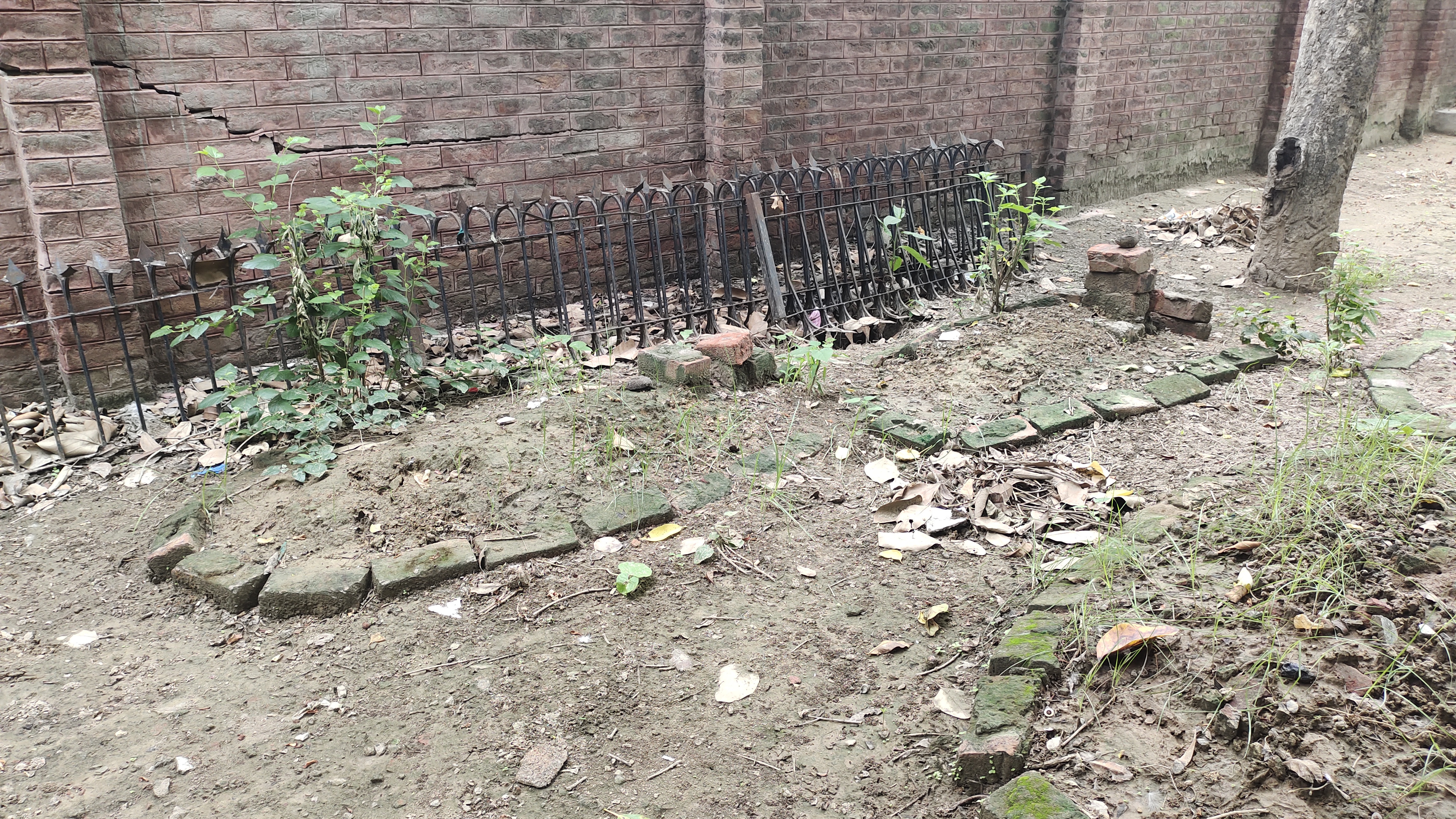
“One of my forefathers, Chaudhry Tara Chand Randhawa played an active role in the Pakistan Movement and his grave is also present here,” says Randhawa. Another ancestor Hiralal Randhawa, fought a long legal battle to reclaim the graveyard after the demise of Bhagat Ashiq Ram.”
After finding out that a few ancestral graves have been exhumed and damaged, Randhawa’s biggest issue is grave-robbing that he suspects is going on in the graveyard. He urges the authorities to pay due attention to the neglected graveyard and release the allocated funds before they lapse, so that restoration work can be carried out in this century-old graveyard, so that Lahore’s Valmikis can bury their dead respectably.
